‘Species introduced to Australia from other regions and countries can have a crippling effect on economies and further impact the health and wellbeing of local communities. The cost to Australia of managing problem species over the past 50 years is in the order of hundreds of billions of dollars. These costs are borne both by the economy and the environment…
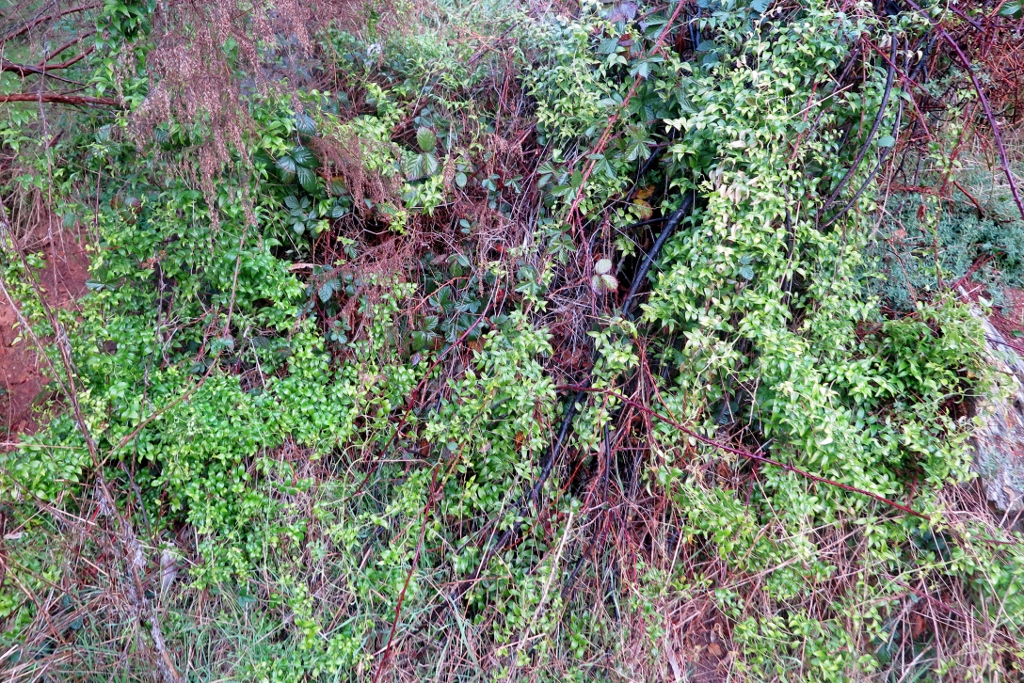
Bridal Creeper and Blackberry infestation on the Vaughan to Glenluce water race track, July 2022. Infestation along this stretch of the Loddon has doubled in size in 12 months.
‘There are 2,383 introduced species with at least one occurrence record in the Atlas of Living Australia based on observations up to and including 2020 (Table 9). The actual number of introduced species in Australia is expected to be much higher, because many occurrence datasets are not publicly available due to sensitivities, or are not aggregated in one place. For example, there are known to be more introduced plant species (27,500) in Australia than native species, of which around 2,800 have naturalised . As a general rule, around 10% of those that have naturalised in the wild are thought to become impactful invasive species.’


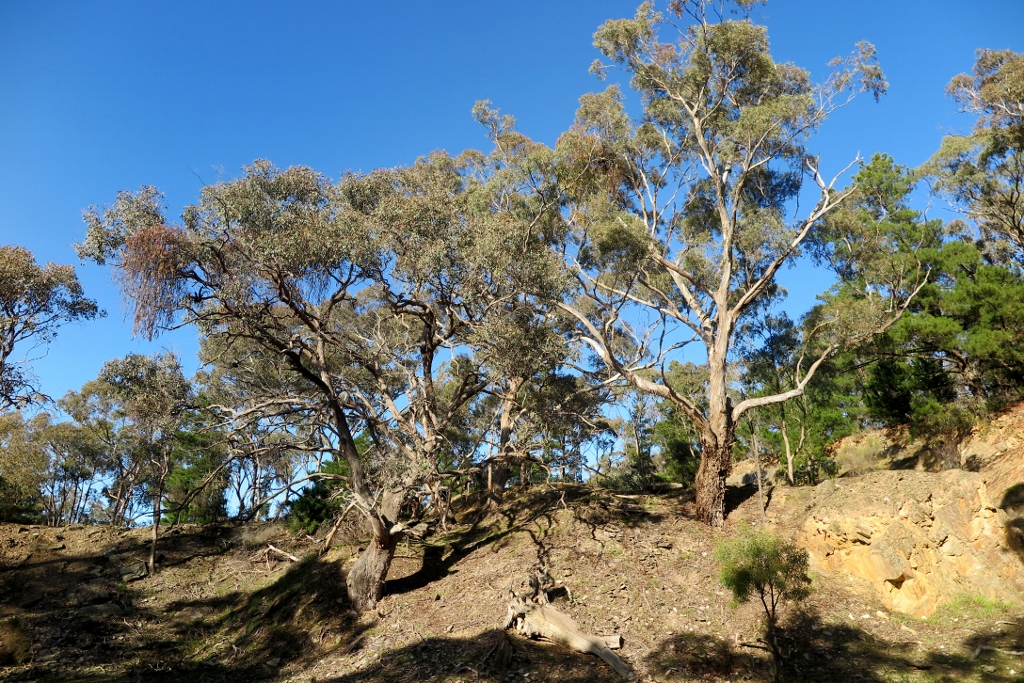
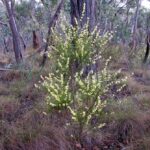
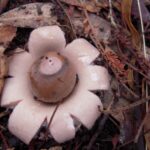
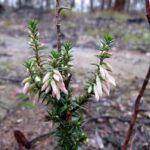
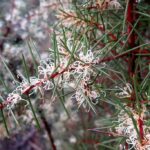
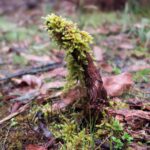
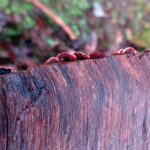
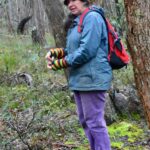
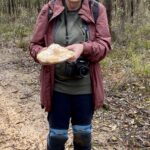
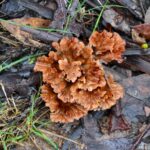
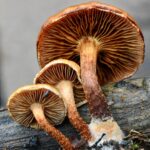
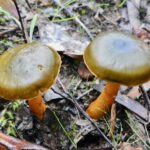
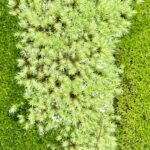
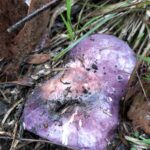
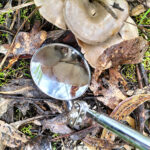
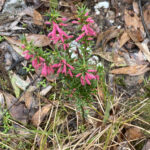

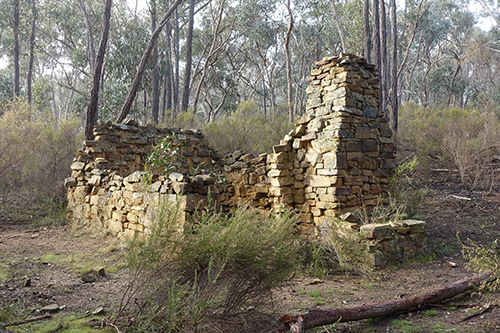
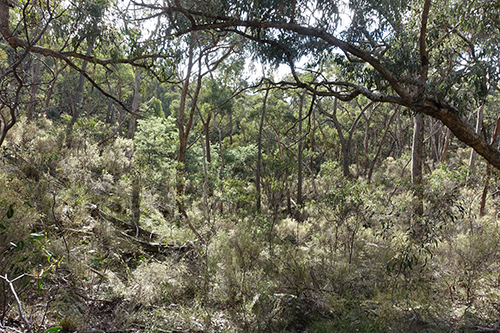
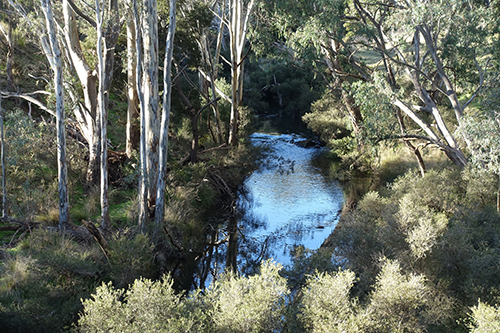
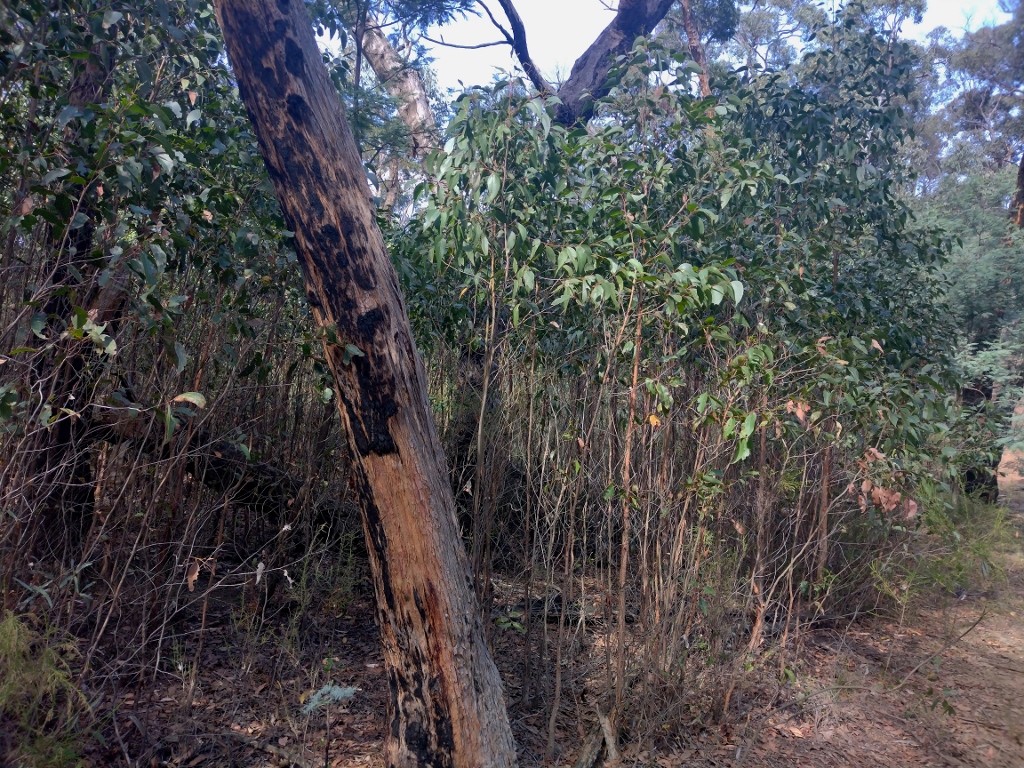
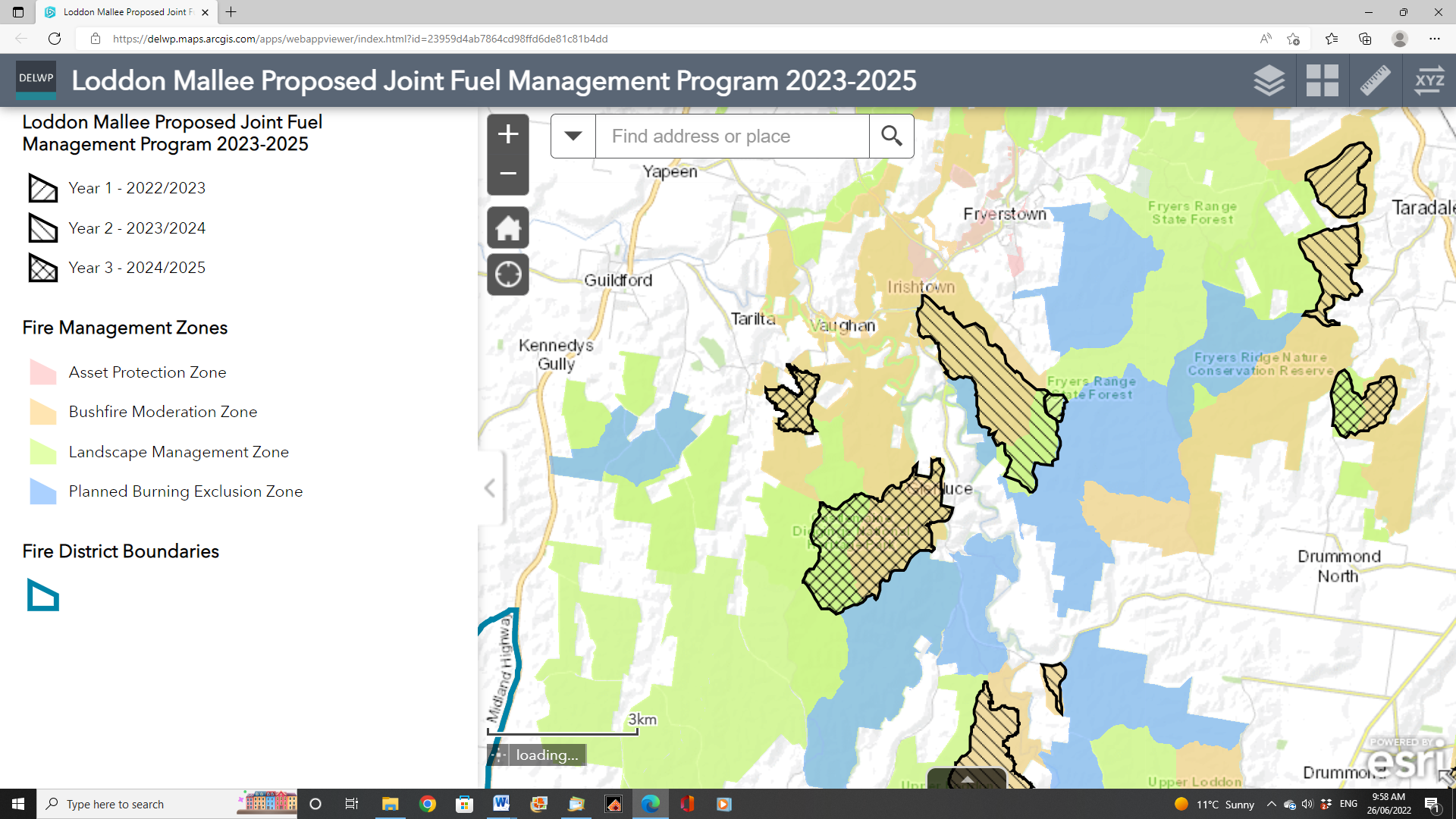
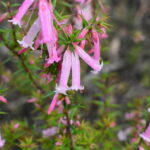
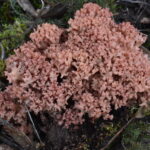
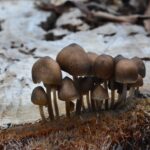

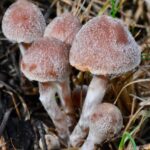
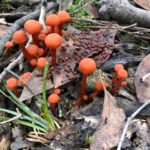
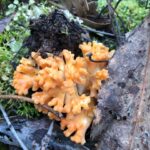
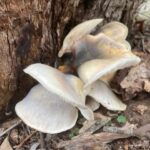
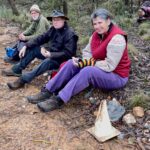

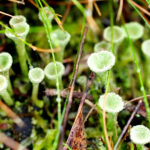
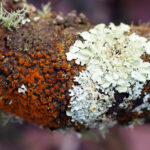
 Joy Clusker and Ray Wallace have just published the second edition of Fungi of the Bendigo region: a guide to identification. As well as a stunning new cover this 146 page book contains 65 new species and updated names. All the brief species descriptions are accompanied by terrific identification photos (see examples below). The book also includes an introductory section about fungi and a useful index.
Joy Clusker and Ray Wallace have just published the second edition of Fungi of the Bendigo region: a guide to identification. As well as a stunning new cover this 146 page book contains 65 new species and updated names. All the brief species descriptions are accompanied by terrific identification photos (see examples below). The book also includes an introductory section about fungi and a useful index. 

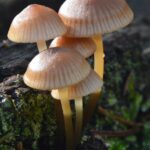
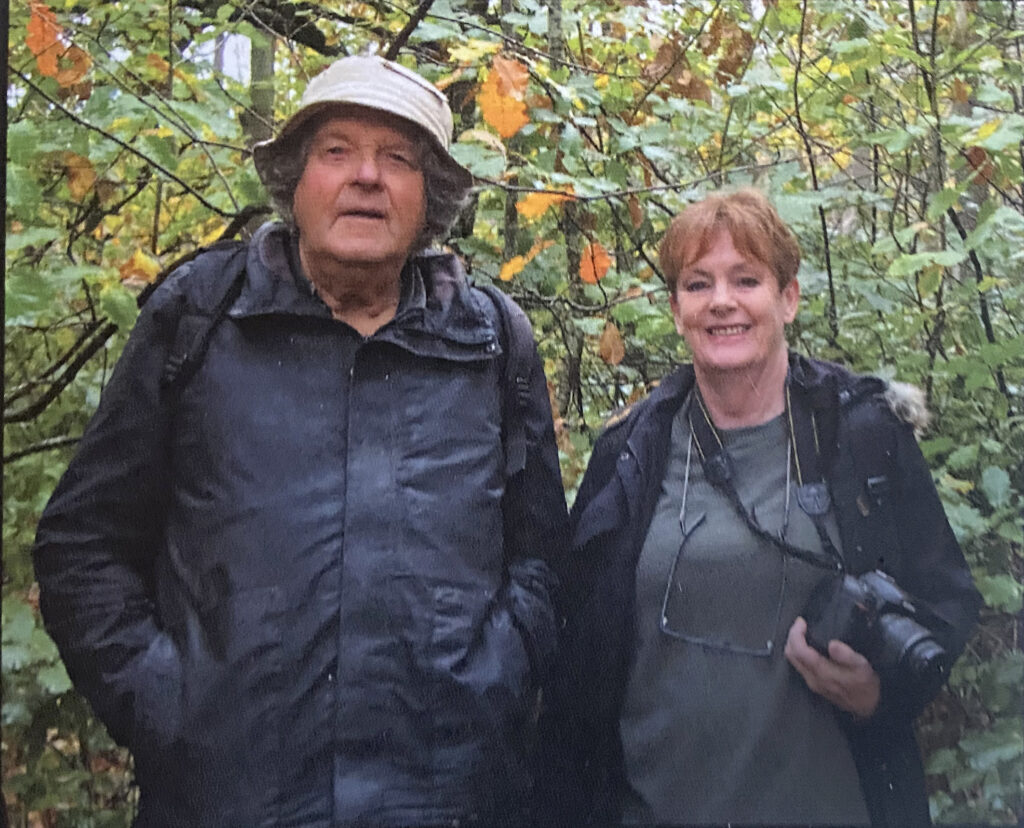



 Click on image for info/order page
Click on image for info/order page Click on image for info/order page
Click on image for info/order page Click on image for info/order page
Click on image for info/order page




















